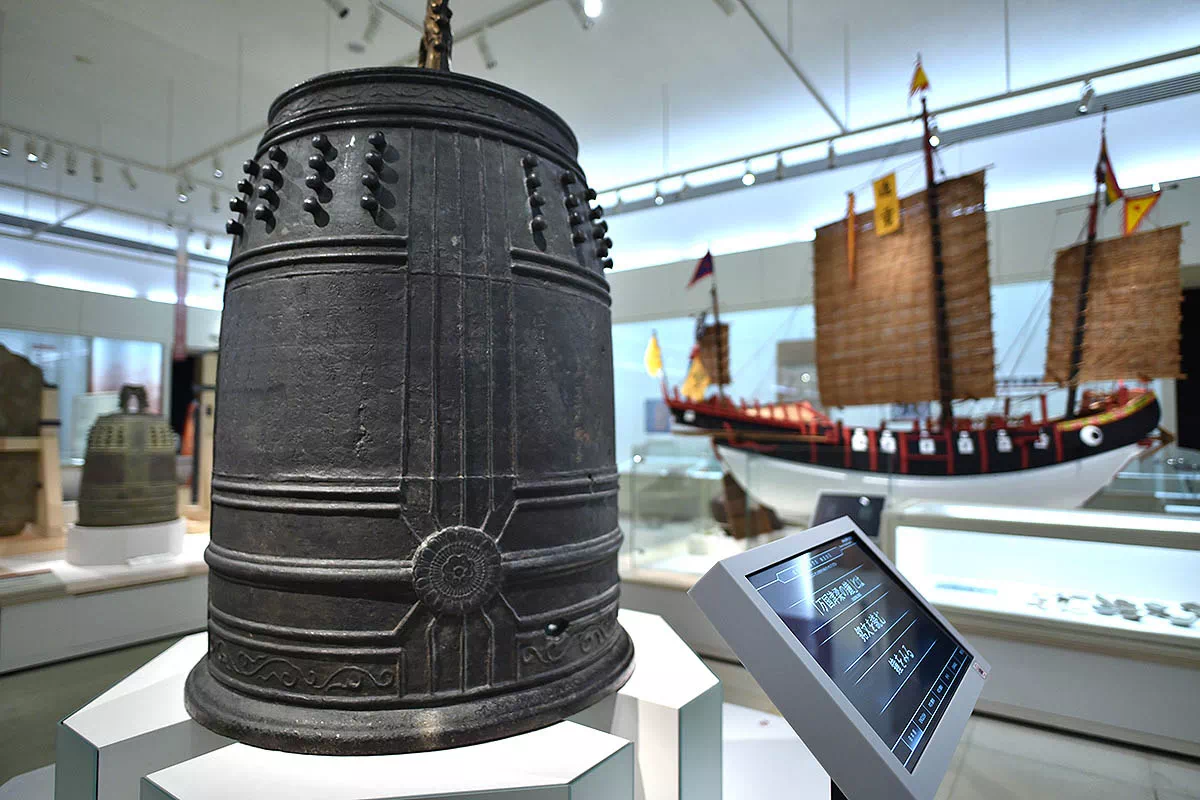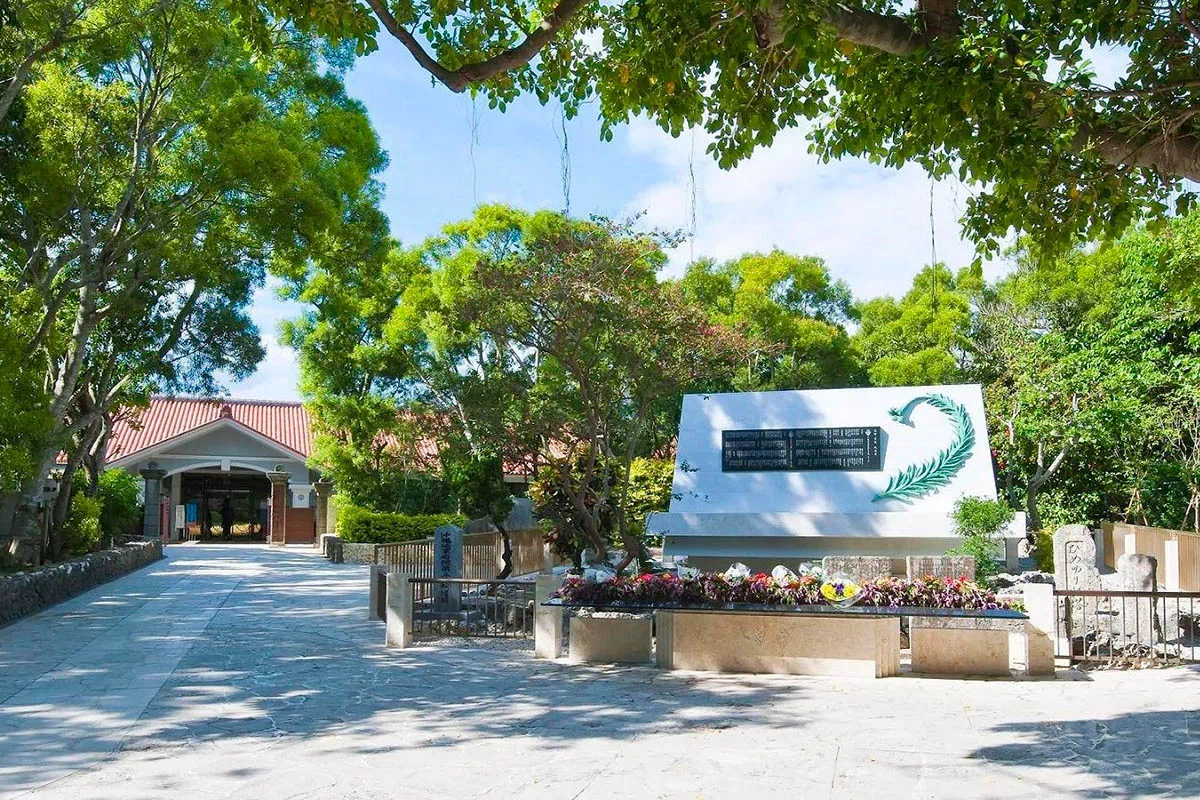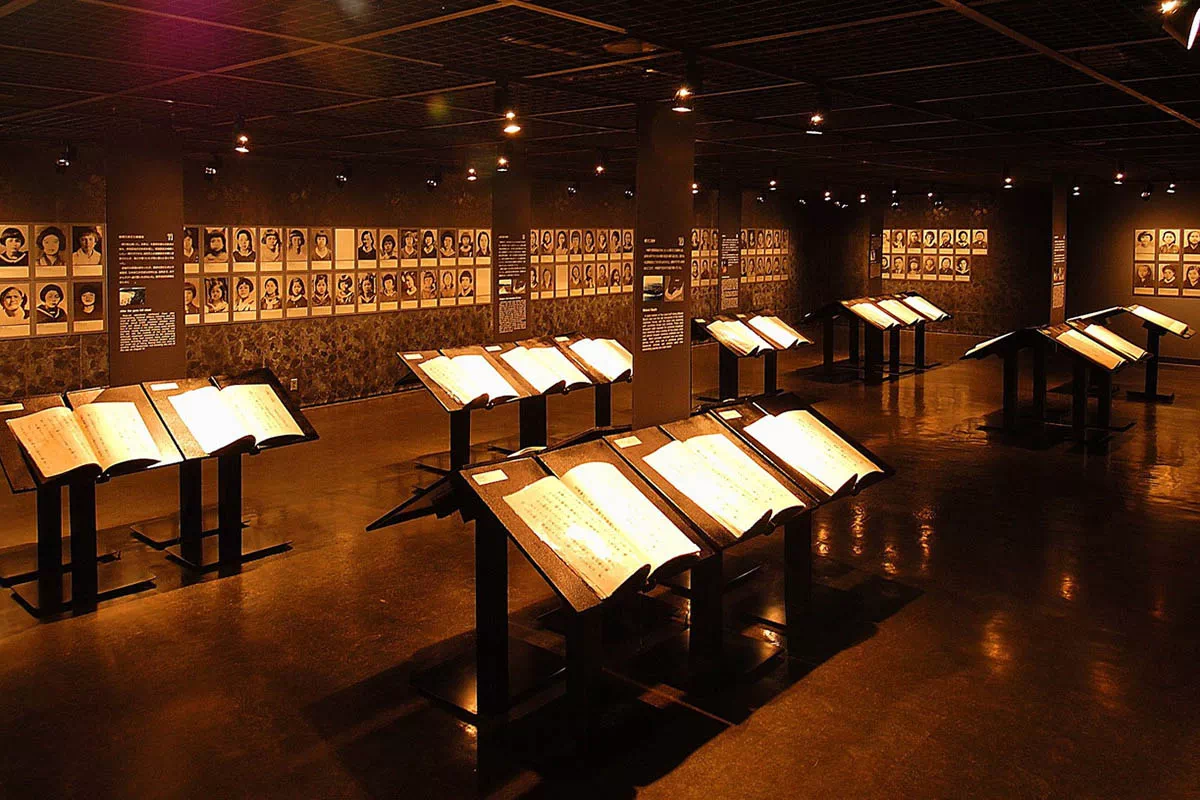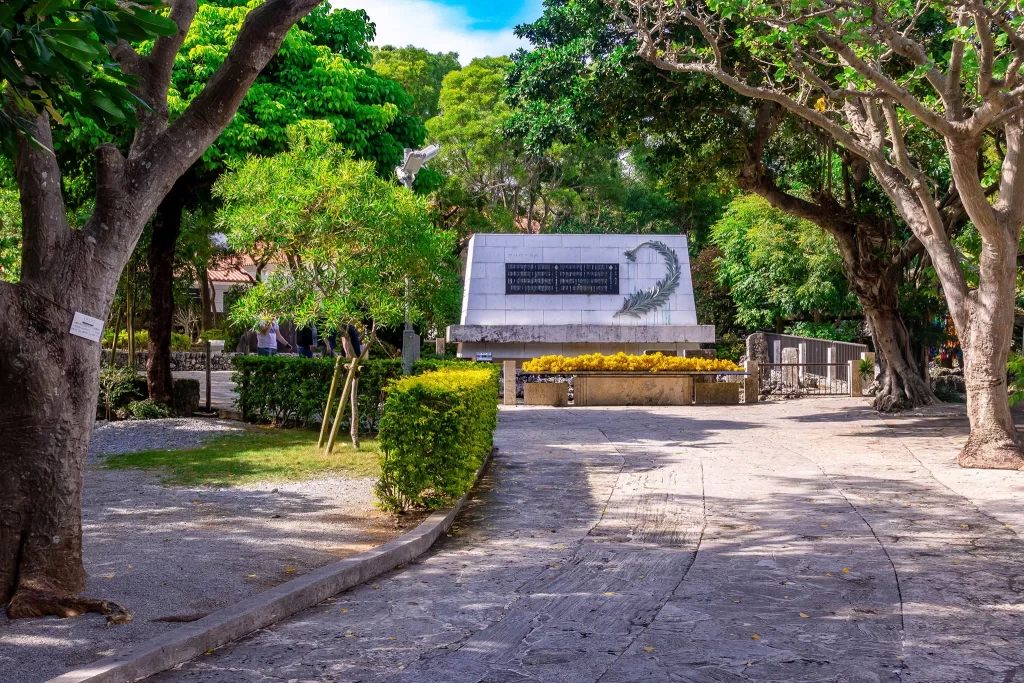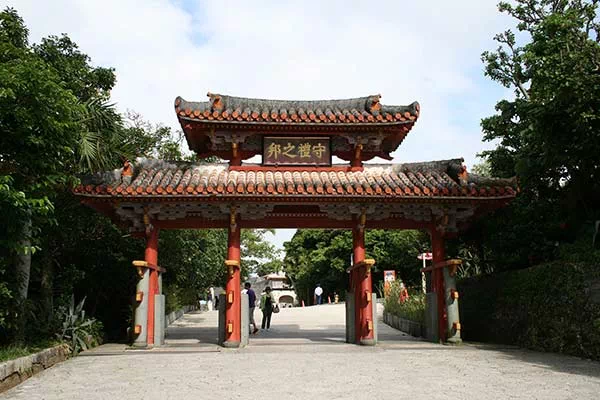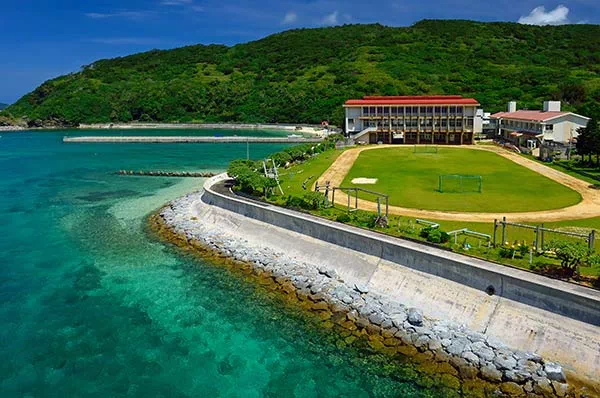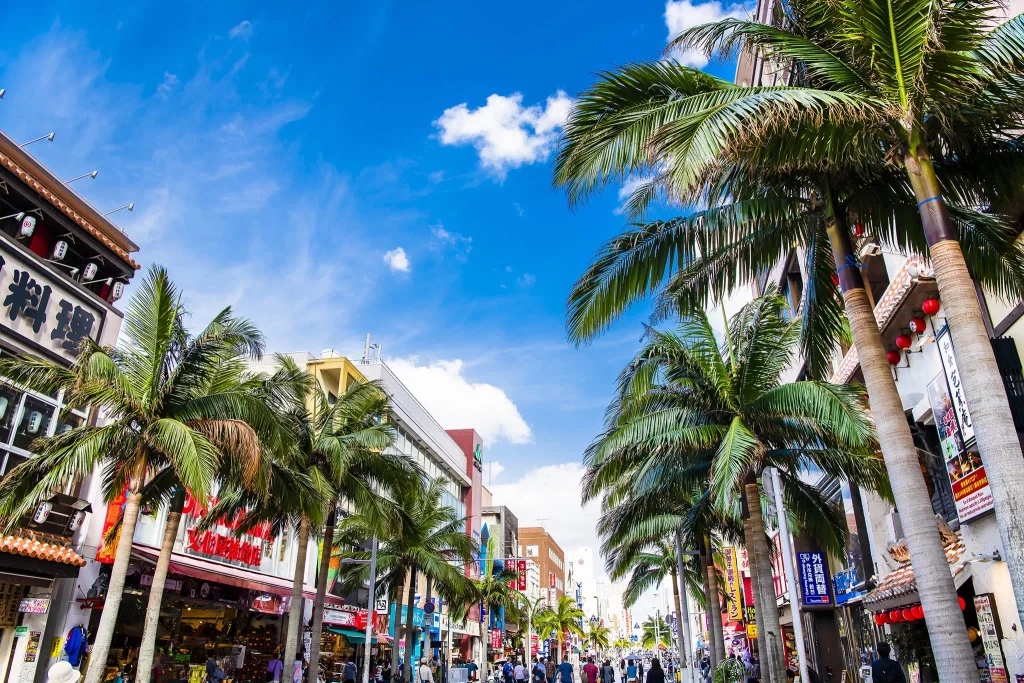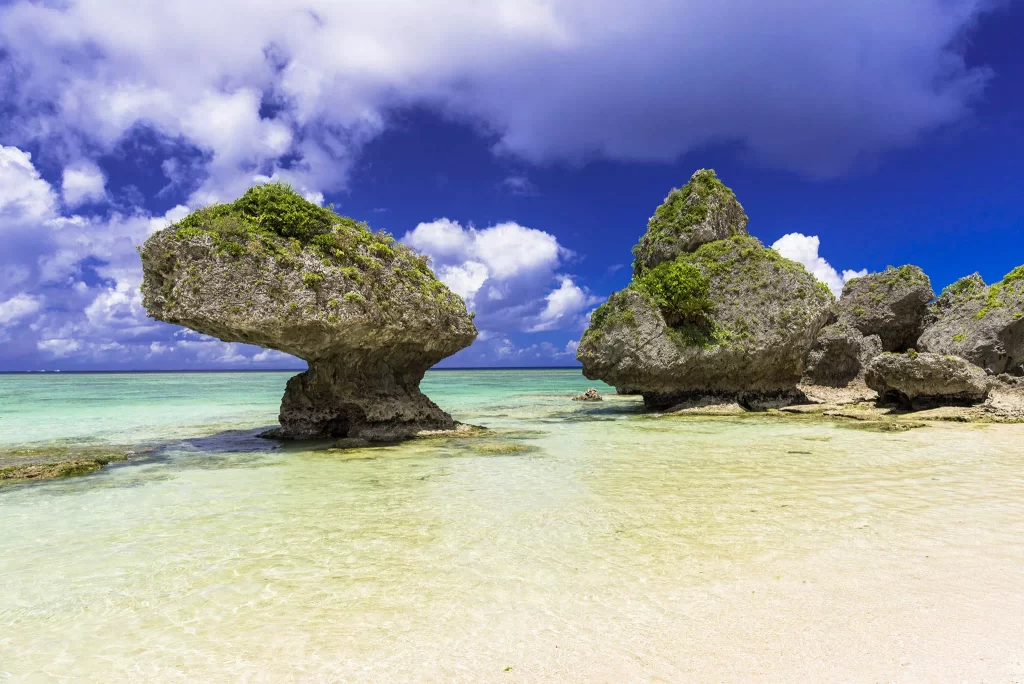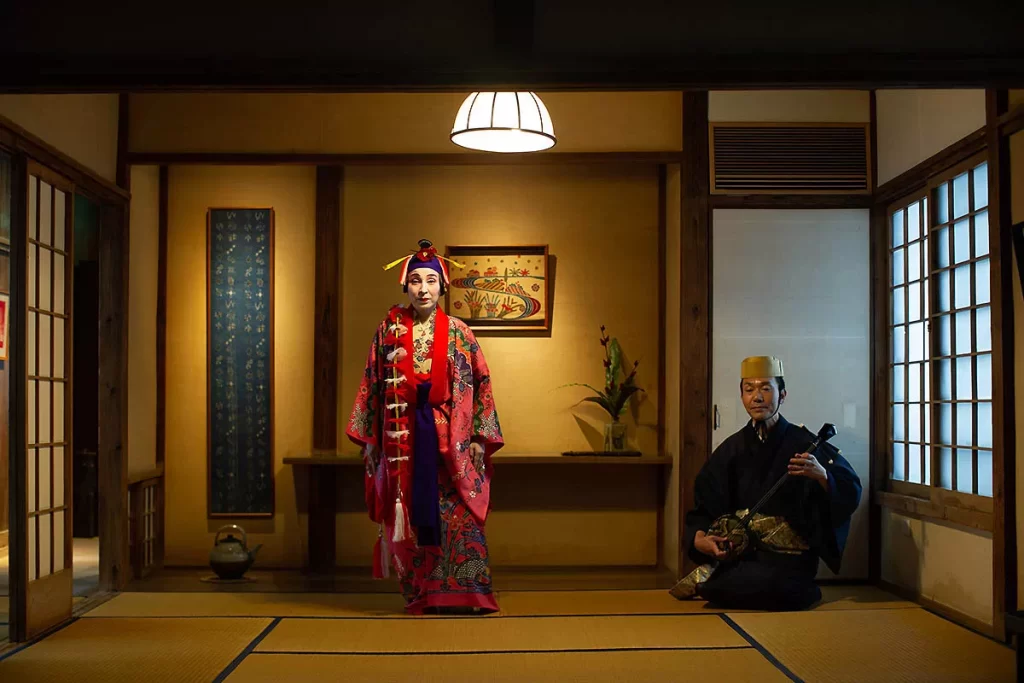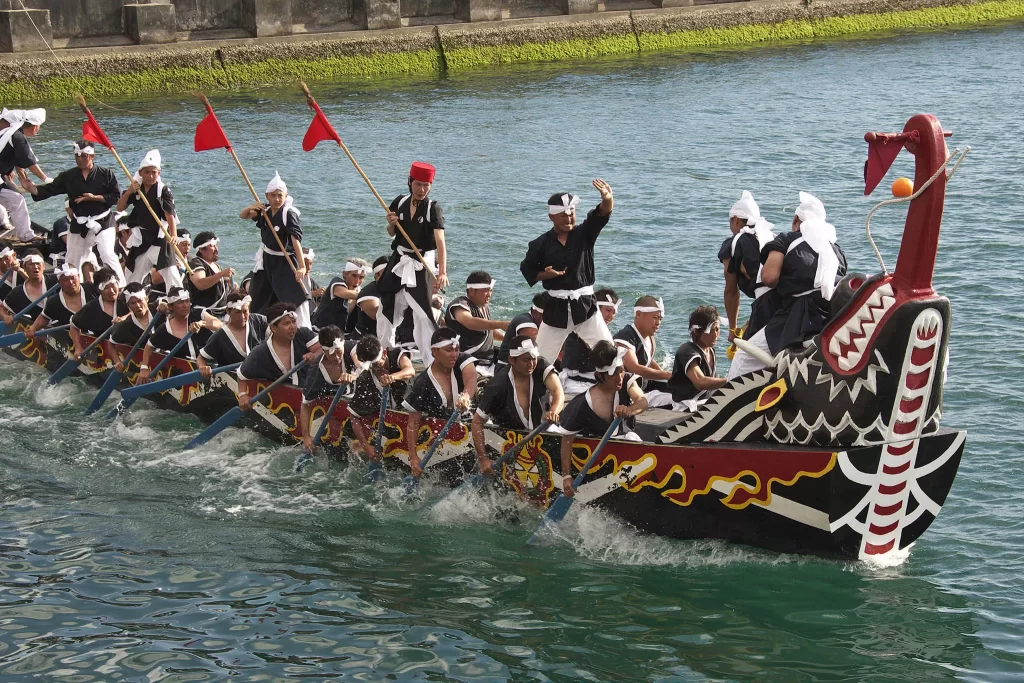Discover the History of Okinawa
How Okinawa developed from an ancient kingdom to a modern beacon of peace
For 450 years, before becoming Okinawa Prefecture in 1879, Okinawa was an independent nation called the Ryukyu Kingdom. The Ryukyu Kingdom flourished as a base for maritime trade with China, the neighboring islands of Japan, and other countries throughout East Asia and Southeast Asia. The Ryukyu Kingdom built harmonious relationships with its trading partners and fostered a culture of diversity.
With a tumultuous history that includes devastation during WWII and American rule, Okinawa is focused on the importance of learning from history, and the value of peace. The people of Okinawa have developed a sense of resilience and flexibility, informed by their history. You might hear comments like, “You must adapt regardless of the situation, as there is nothing more important than to live in peace.” Learning more about the history of Okinawa can give visitors a greater appreciation for the importance of nurturing peace and harmony.
Learn the history of Okinawa, from prehistoric civilization to the present day
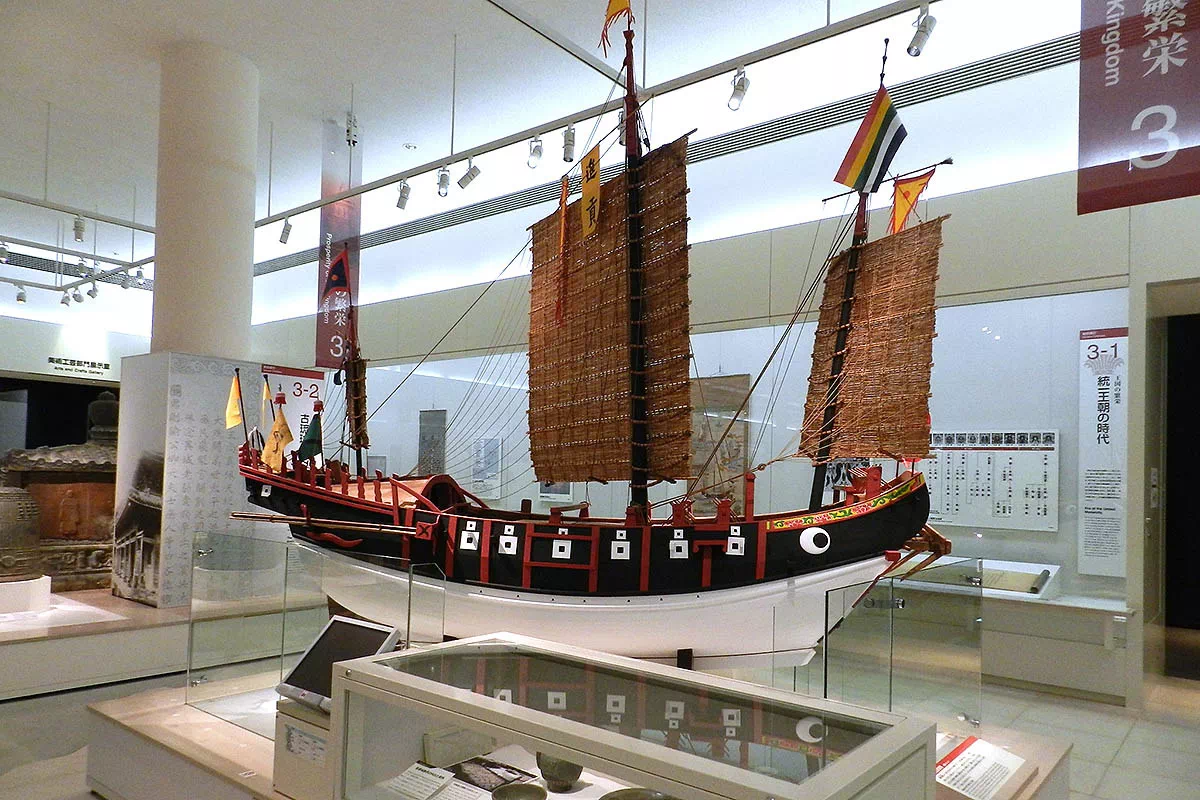
The Okinawa Prefectural Museum and Art Museum is a 10-minute walk from Omoromachi Station on the Okinawa Urban Monorail, or Yui Rail. The facility is designed in the shape of a traditional Okinawan castle (gusuku) and features an overview of Okinawa’s nature, history, culture, and art, all in one place. Special seasonal and themed exhibitions are held throughout the year.
The permanent exhibition outlines Okinawa’s history and culture, from the prehistoric age, through the growth and decline of the Ryukyu Kingdom, to the modern era, including Okinawa’s years under American rule.
The Ryukyu Kingdom, which existed for approximately 450 years, flourished as a nation, encompassing the islands of Okinawa. The kingdom was like a bridge across the ocean, with its ships calling at ports all over Asia. The philosophy of bankoku shinryo or “a bridge between all nations,” is the foundation on which Okinawa has built its culture and experienced history. The museum also displays the “Bridge of Nations Bell,” which symbolizes the Okinawan philosophy of peace and harmony. You can hear the bell sound every 30 minutes. The bell has survived since the 15th century, despite wartime pressure to contribute its iron to the military efforts during the Battle of Okinawa (1945).
When learning about the history of Okinawa, it is inevitable to look at WWII. After a visit to the museum, people may like to visit some of the sites associated with this period of history. The southern part of the main island has many WWII battle sites, prayer monuments, and caves which were used as air-raid shelters. They stand as vestiges of the hardest time in Okinawa’s history, and of its people’s wishes for peace.
Learning about war and peace at Okinawa Peace Memorial Park
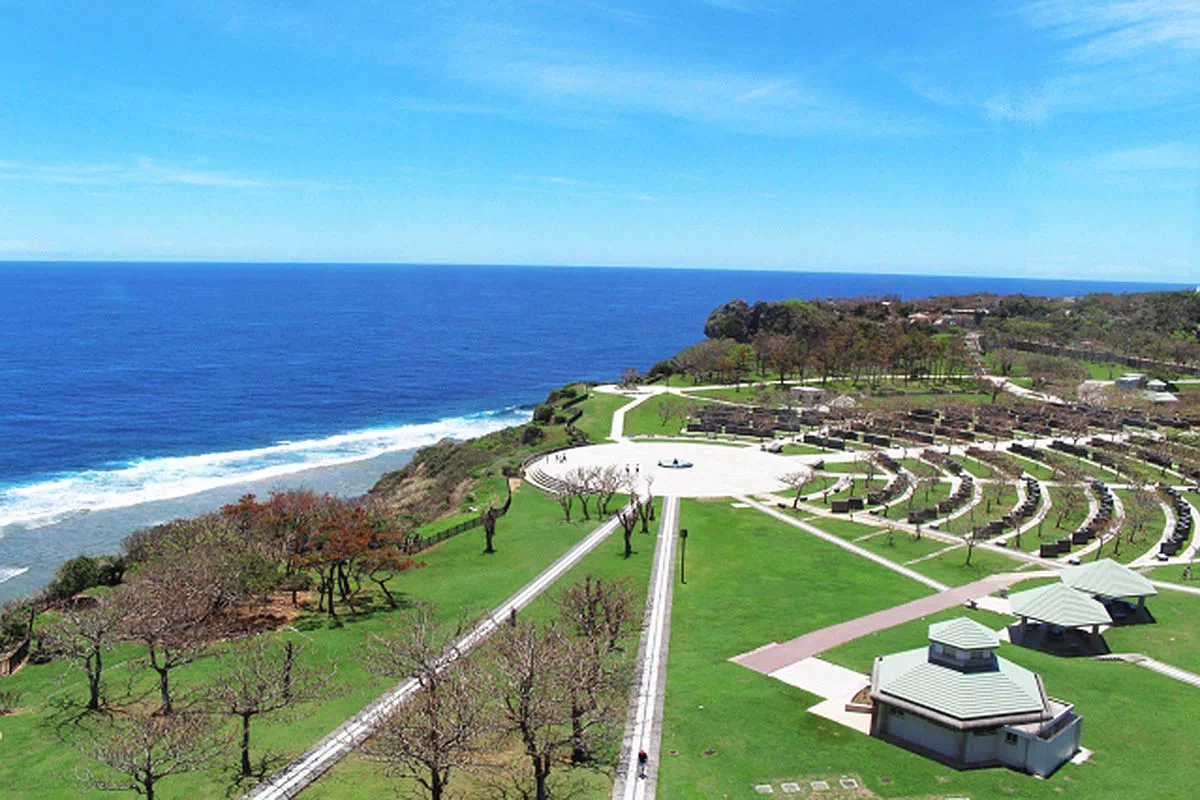
During WWII from March 26 to June 23, 1945, Okinawa became a fierce battlefield. The battle is often referred to as the “Typhoon of Steel,” in which more than 240,000 people died, many civilians. In response, Okinawa built a place of remembrance, reminding visitors of the tragedies of war, to strive for peace, and foster a love for humanity. At Okinawa Peace Memorial Park, with a view of the sea, the souls of all who perished are remembered, including civilians, regardless of their nationality or military affiliation.
The Okinawa Peace Memorial Park is in Itoman City, about 30 minutes south of Naha by car. The area was the final battlefield in Okinawa. The Okinawa Prefectural Peace Memorial Museum at the park displays photographs and relics from the Battle of Okinawa (1945). The Okinawa Peace Hall is a place for prayer and reflection. The Cornerstones of Peace record the names of those who died in the battle. On the Sacred Grounds Zone overlooking Mabuni Hill, there are 50 memorials for those lost in the conflict.
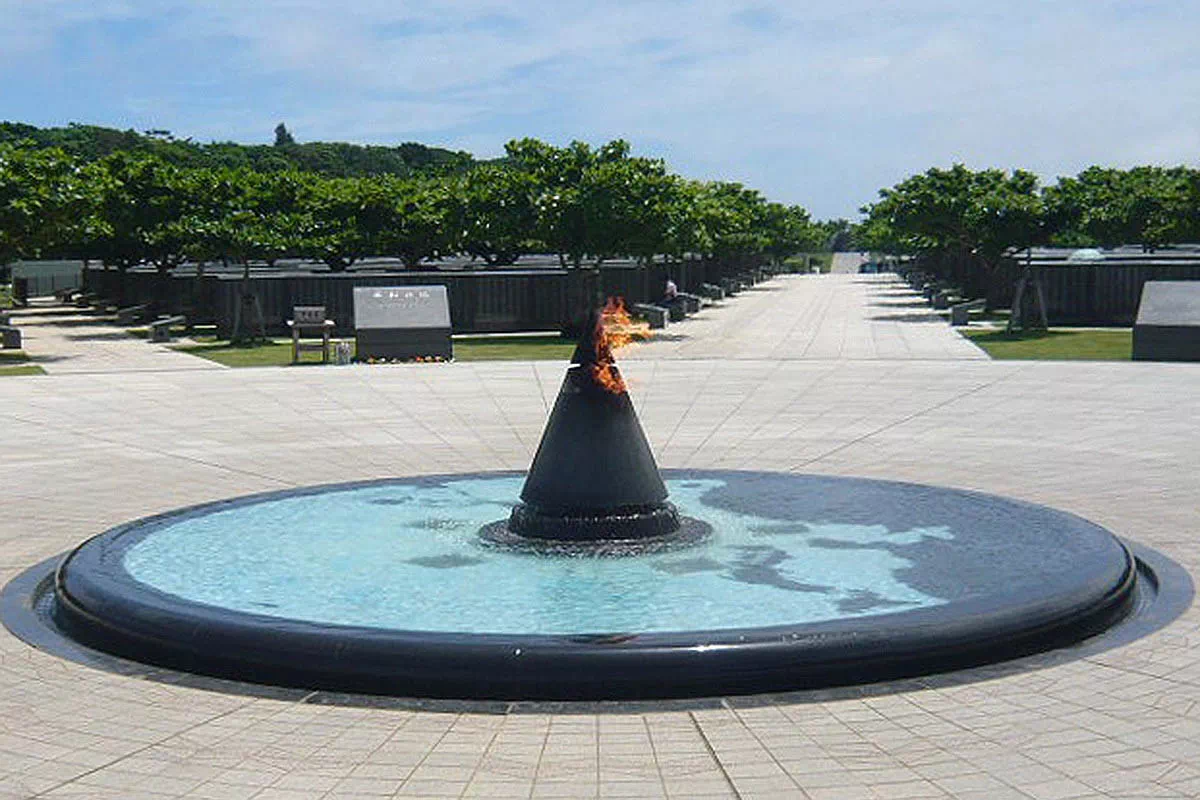
The Cornerstones of Peace surround a water feature with the Flame of Peace burning at its center. The flame is lit from fires on Aka and Zamami islands, the first U.S. military landing sites in the Battle of Okinawa. It is also lit from the Peace Light of Hiroshima City, and the Fire of Oath in Nagasaki City. The eternal flame serves as inspiration for everyone to keep a fire of peace in their hearts, with the hope of everlasting peace.
Places dedicated to peace
The Himeyuri Cenotaph and Himeyuri Peace Museum are about a 10-minute drive from Okinawa Peace Memorial Park. The facility is dedicated to the 222 female students aged between 15 and 19, who, along with their 18 teachers, were known as the Himeyuri or “Lily Corp.” They were mobilized as nurses during the Battle of Okinawa (1945). Visitors can read the recollections of the students during that time. Some accounts have even been translated into English. Visitors sometimes find themselves in tears, affected by the powerful messages of peace.
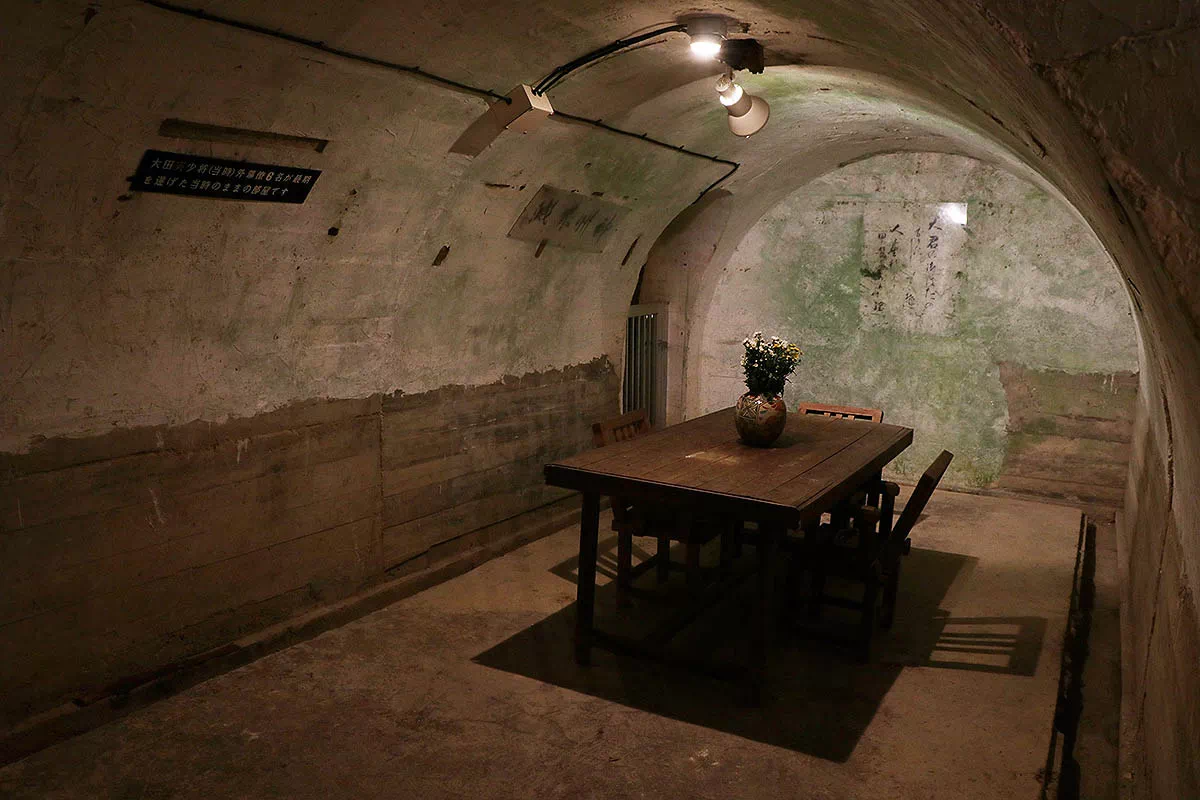
Another place worthy of a visit is the Former Japanese Navy Underground Headquarters in Tomigusuku. You can get a sense of wartime conditions by visiting the bunker and walking through the tunnels. During the closing stages of the war, sailors from the Japanese Navy hand-dug 450 meters of tunnels and rooms for operations. About 300 meters of the tunnel network is open to the public. During the closing stages of the battle, about 4,000 Japanese soldiers and their commanding officers perished in the bunker, many taking their own lives at the very end. The walls and ceiling of the commander’s office still bear the scars from fragments of grenades that the soldiers used to end their lives. It is a somber reminder of the brutality of war.
When you learn the history of Okinawa, the topic of peace appears time and time again. Visitors can learn that the people of Okinawa have a strong wish for peace, after experiencing a devastating period of war. The message of bankoku shinryo, encapsulating the desire for Okinawa to be a “Bridge of Peace” to the world, is inspiring.

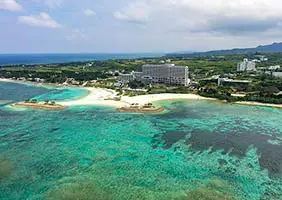
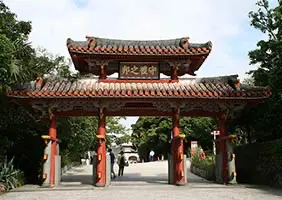
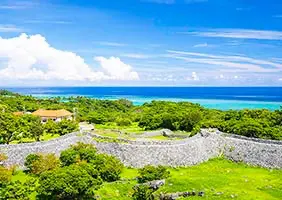
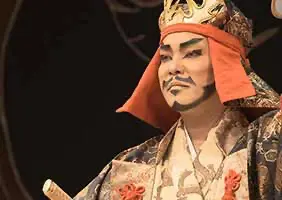

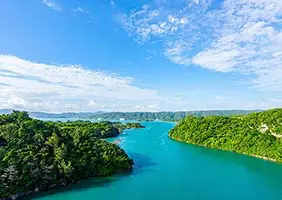


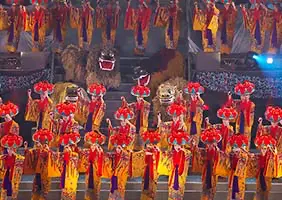
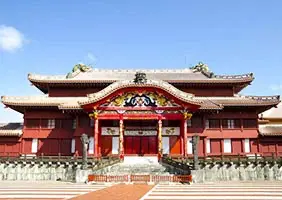

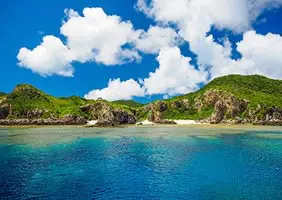
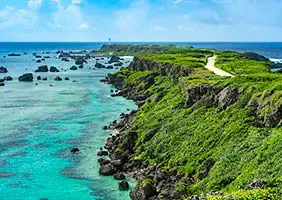
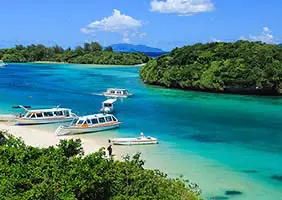

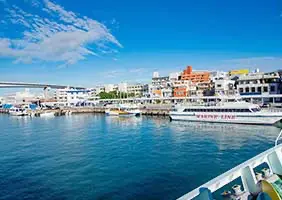




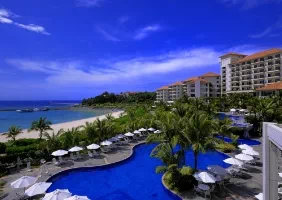
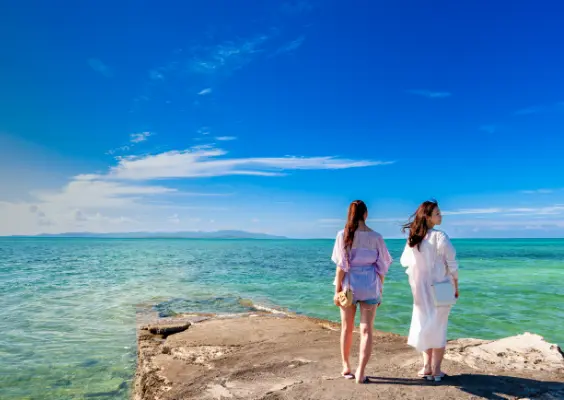
 Facebook
Facebook Twitter
Twitter Copy URL
Copy URL


